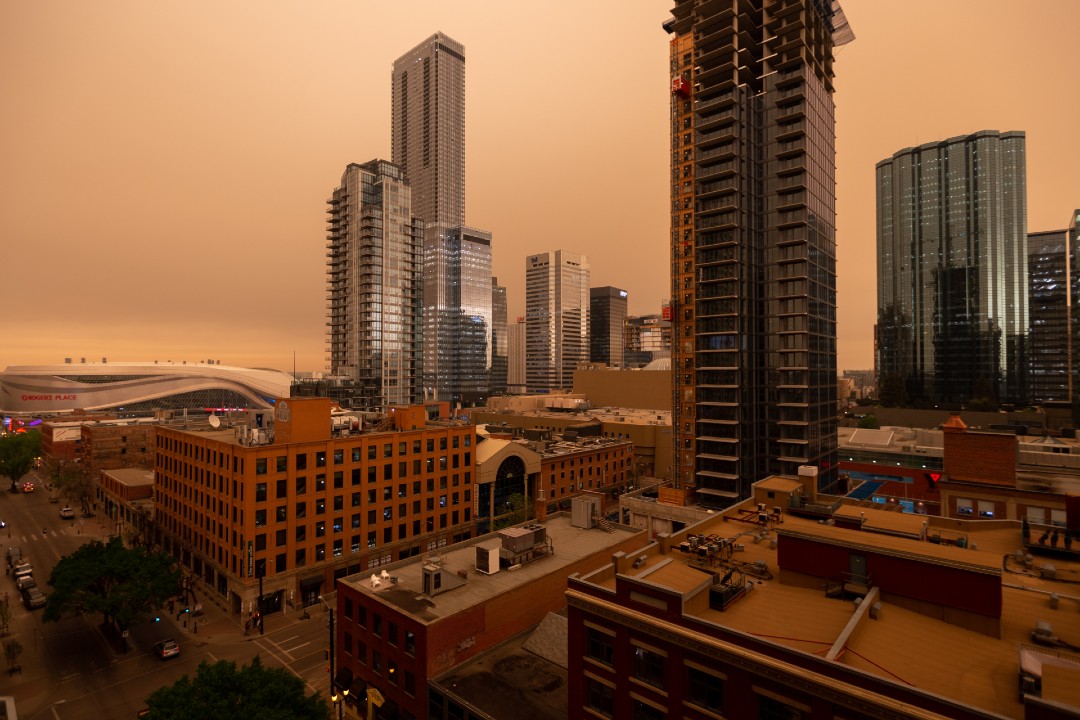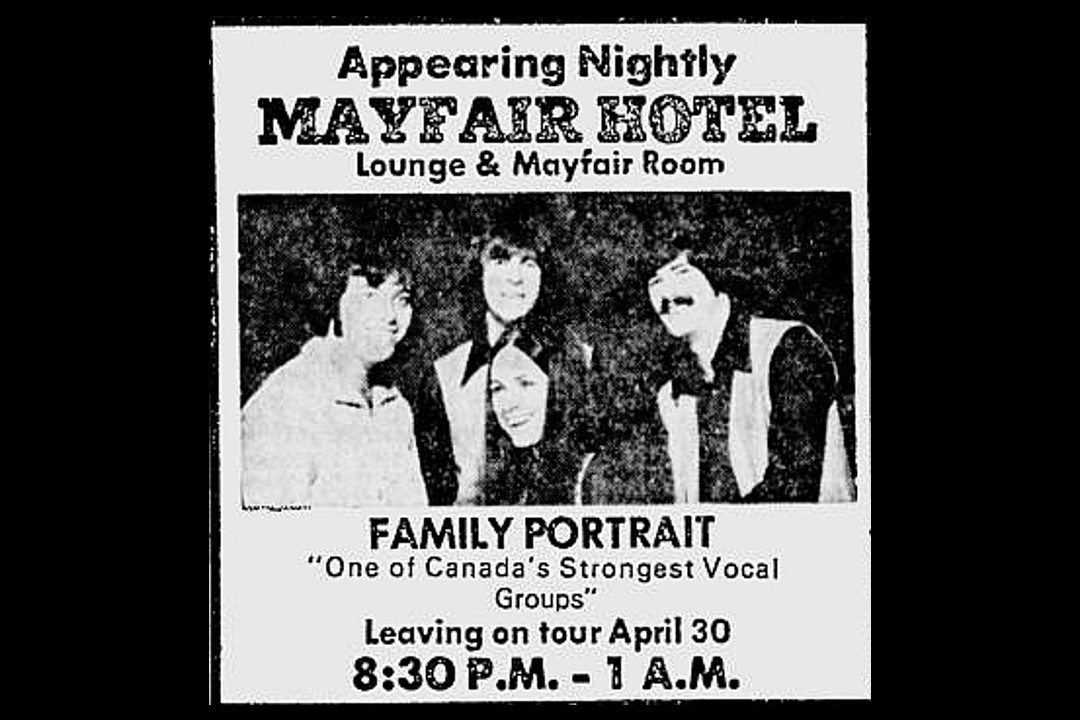
Is your neighbourhood vulnerable to climate change? New research provides answers
University of Alberta researchers have used public data to create a set of maps that illustrate the Edmonton neighbourhoods where residents are most vulnerable to negative health outcomes caused by climate change.
The team found that much of the city's south and west have more people who hail from vulnerable demographics, more exposure to pollution and extreme weather, and less natural protection. Added up, these factors make residents in these areas more vulnerable than others in the city.
"These maps aren't meant to stigmatize any particular areas — just because you might live in an area with higher vulnerability, we're not saying you need to move," said Sammy Lowe, the research lead of the university's Climate, Health, and Environment Epidemiology Research lab. The levels of vulnerability between the neighbourhoods are all relative to each other, he explained. "Edmonton, in general, is actually doing pretty well in the grand scheme of things in terms of climate health vulnerability. So even though some of these areas are a bit worse, they're not necessarily doing terribly."
The researchers determined that the city areas and residents least vulnerable to climate change are around the university, downtown, Oliver (soon to be wîhkwêntôwin), Bonnie Doon, North Glenora, Spruce Avenue, Beverly, and Mill Woods Town Centre.
The lab's goal is to guide governments to spend money strategically in areas where it will make the most difference and on projects that make the most sense for a neighbourhood.
When determining how vulnerable a neighbourhood is, the lab takes three domains into account: its risk of experiencing pollutants and extreme weather (exposure), its features that can mitigate those consequences of climate change (adaptability), and socioeconomic and demographic traits that can make its residents more susceptible (sensitivity). Those three factors combine to indicate a neighbourhood's vulnerability.
Taproot took a closer look at what specifically makes neighbourhoods more or less vulnerable and what can be done to help mitigate health problems from climate change.






